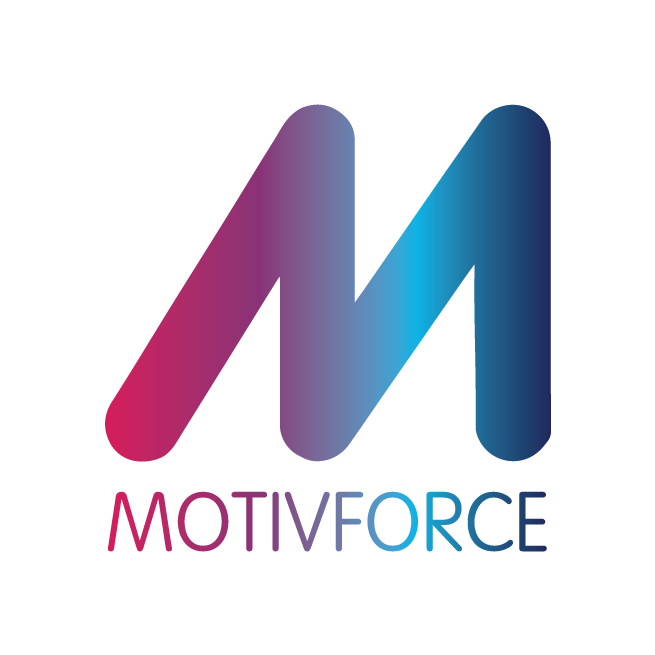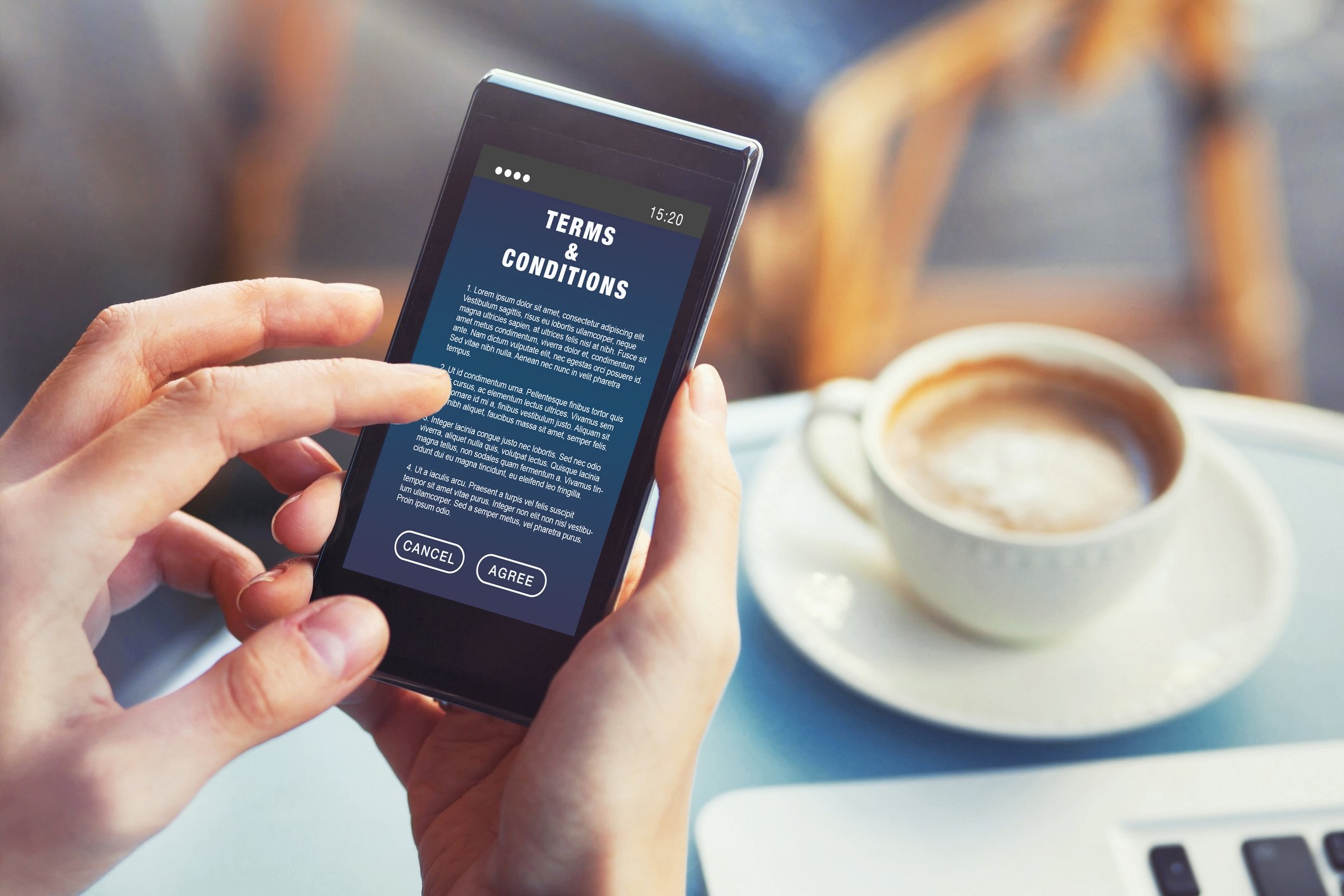Part 3 - NFT's in loyalty
Is the Metaverse the new loyalty frontier?
Part 3 - Non-Fungible Tokens
Ko de Ruyter, Debbie Keeling and David Cox
Non-Fungible Tokens, or NFTs, are a metaverse landmark and something that program managers need to know about as they offer intriguing and real opportunities to future-proof loyalty programmes. Before we dive into the relevance for loyalty marketers, it is good to create some clarity around NFTs, just to make sure we are all on the same page.
What is an NFT?
Plainly put, an NFT is a digital asset that represents real-world objects like art, music, in-game items and, yes, even rewards. They are bought and sold (traded) online. This is commonly, but not exclusively done with cryptocurrencies. NFTs are also typically unique or part of a limited-edition series and are essentially as scarce as other valuable assets. We are not just talking about designer artwork, even tweets will do. Twitter co-founder Jack Dorsey sold his first-ever tweet as an NFT and raked in over $2.9 million. NFTs are designed to offer people the opportunity to get something special that cannot be copied. Anybody can buy a print of van Gogh’s famous sunflowers painting at IKEA, but only one person can take ownership of the original. That unique experience is what NFTs are all about.
What do NFTs mean for loyalty programs?
NFTs offer companies a whole new avenue for defining and creating exclusivity and this is stimulating program member engagement.
Here are three examples:
Hospitality: Marriott Bonvoy
Hospitality giant Marriott’s loyalty program, Marriott Bonvoy (‘Earn your way to amazing’), engaged three digital artists to design an NFT collection of artworks in the Metaverse. These were presented as NFTs at an art fair in Miami last year. Three attendees of the fair won the NFTs plus 200,000 Bonvoy points. In the wake of Marriott’s trail-blazing initiative, several other hotel chains are now announcing the launch of NFT rewards in their loyalty programs to create exclusive rewards that are valuable assets that can be traded by members. And these NFTs are not just limited to artwork. Companies are using NFTs as rewards that gain access to events, conferences, VIP lounges, essentially replacing digital invitations and tickets. Alternatively, NFTs are used to unlock exclusive tutorials in combination with guaranteed sales leads to enable members of re-seller programs to be more successful than their competitors.
Sport: American Football & Basketball
Sports organisations have discovered NFTs as key to strengthening fan communities. In the NFL American football league, limited commemorative tickets are offered to fans based on their past game attendance. For NBA basketball fans, a virtual marketplace has been created where unique footage of games can be bought and sold and NFT sweepstakes are offered for NBA finals seats.
Beauty Industry: Clinique
Estee Lauder’s brand Clinique is offering members of its loyalty program a chance of winning free products for a period of 10 years with an NFT called the Meta-Optimist. Members are invited to enter a competition by submitting “stories of optimism” on the brands social channels. As a result of offering NFT access to members only, the brand is promoting program membership and incentivizing customers to join and cement their relationship with the company through expressing personal stories. NFT rewards offer members a gateway to the metaverse.
Other advantages of NFTs
NFTs are registered on a secure blockchain - this makes them suitable for validating the authenticity of physical objects. For example, the Robert Mondavi Winery created a limited-edition series of exclusive porcelain wine bottles. Loyal customers were invited to purchase these in advance using NFTs. At the same time, the NFT was used as a certificate of ownership of the designer bottles.
Branded, special edition NFTs are a way of transferring physical property into a virtual world to articulate a customer’s affinity with a brand. Shoe brand Jimmy Choo organised the launch of its first NFT through an online auction. In addition to a digital sneaker created by the artist Eric Haze, the winning bid also covered a unique pair of actual sneakers. When program members start trading digital assets in secure blockchain-based programs they are literally investing in loyalty. NFTs have the potential to develop into a loyalty currency that lets members connect with brands and express their relationship with brands while moving seamlessly between physical and virtual realities.
The interoperability of NFTs allows the creation of scalable inter-connected loyalty ecosystems. This contributes to the potential of offering rewards that reach further; members can spend their points earned with one hotel chain with other hotels, retailers, cinemas and restaurants. This will certainly increase member satisfaction and brand value.
While there are many more examples of loyalty marketers’ maiden voyage into the metaverse, it’s still a case of scratching the virtual surface. At Motivforce, we will continue to monitor what the concept has to offer for loyalty programs beyond the technology hype. And we will approach it as a strategic learning journey, helping our clients to reach a loyalty frontier that offers innovative ways of inviting customers to engage with their brand.





